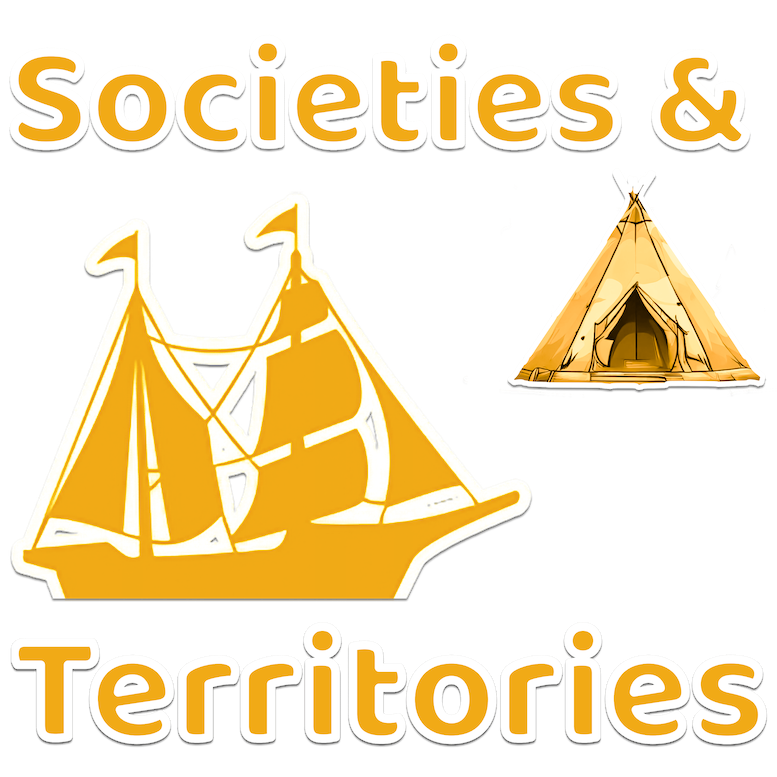By 1745, the Iroquoian territoryA territory is an area of land, or sometimes of sea, that we can say "belongs"... was no longer what it had been in 1500. It was now much smaller and divided up into three unequal parts. The Haudenosaunee (which is a group of five, now six, Nations that make up the ‘Iroquois Confederacy’) were the only ones who were actually still living in the same territoryA territory is an area of land, or sometimes of sea, that we can say "belongs"... as in 1500. Only this part of the territoryA territory is an area of land, or sometimes of sea, that we can say "belongs"... was still being called Iroquoia in 1745. There were Petun-Huron in the Great Lakes Region, but they were few in number and no longer lived in the same territoryA territory is an area of land, or sometimes of sea, that we can say "belongs"... as in 1500. There were also Iroquoians living in villages in the St. Lawrence Valley, near Québec City and Montréal.
Between 1500 and 1745, there had indeed been many changes that had affected the Iroquoian territoryA territory is an area of land, or sometimes of sea, that we can say "belongs"....
1. European settlement in North America
The lives of the Indigenous nations had been turned upside down by the arrival and settlement of Europeans in North America. By 1745, the French had become firmly established in the St. Lawrence Valley. They had settled on land where Indigenous people once lived, or on land that belonged to their hunting territoryA territory is an area of land, or sometimes of sea, that we can say "belongs"....
2. Missing and scattered nations
The Iroquoian nations that had been living in the St. Lawrence Valley in 1500 now seemed to be gone: the St. Lawrence Iroquoians. In 1745, these nations no longer existed, or were perhaps combined into other nations.
Other Iroquoian nations had encountered difficulties as a result of wars and had changed territoryA territory is an area of land, or sometimes of sea, that we can say "belongs".... The Huron and the Petun had been the first to be driven from their territoryA territory is an area of land, or sometimes of sea, that we can say "belongs"... by the Haudenosaunee. Soon after, so were the Neutrals, the Eries and the Susquehannock.
3. Indigenous villages in the St. Lawrence Valley
The Huron and Iroquois, who were members of the Iroquois Six Nations, had come to settle in villages (missions or reductions) near French colonists. There were a total of seven Indigenous villages in the St. Lawrence Valley. The Indigenous people living in these villages were called “domiciled,” which means to make a new region one’s permanent home.
AuthorAuthor - A person who writes something Auteur - Une personne qui écrit quelque chose: Service national du Récit de l’univers social
[Notes: The Tuscarora were accepted in 1722 as the Sixth Nation of the Iroquois ConfederacyThis is a group of people or nations or tribes or provinces that form an "alliance".... or Haudenosaunee. Also, it is now believed that there may have been many distinct Saint-Lawrence Iroquoian tribes nations and not just one.]
Quickly check your knowledge:




